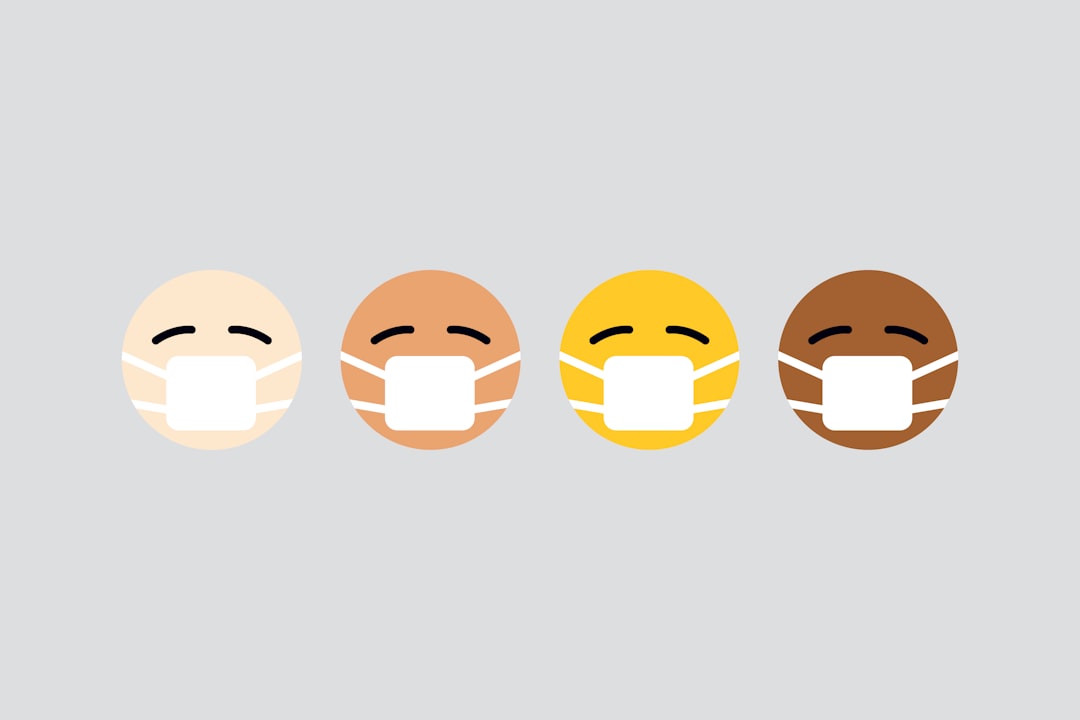What is it about?
Nightlife Girls: Envy, Theater, and Encounters with Men and Women is a segment from a larger project called The Den of Hearts: Affect, Emotion, and Structures of Power in a Manhattan Hotspot. It is a candid look at the lives of serving women working in an expensive Manhattan cocktail lounge called The Den. Borrowing from the work of Eve Kosofsky Sedgwick, Sianna Ngai, and Judith Halberstam, Nightlife Girls is an exploration of the role of envy in the crafting and performing of femininity in this highly gendered, sexualized, and stratified service environment. Utilizing the first-person accounts of 12 of the 14 women working in The Den, Nightlife Girls examines how they navigate the different gender embodiments they are expected to perform for their male and female customers, in order to both fulfill the service requirements of these customers and also reify their relative position in the gender hierarchy. For the men, they must be flirtatious, flattering, and girlish enough to reinforce masculinity; for the women, they must be efficient, obedient, and subdued enough to not present a threat to femininity. In both these scenarios, envy is the emotion most powerfully at play in the minds of the serves: envy of the patriarchal power of the men to demand a feminine gendered performance; envy of the women whose social position allows them to be feminine without the demeaning context of being forced. The crux of this inquiry is how envy, which starts out as an ostensibly negative emotional response, is eventually harnessed by the Den women as a force for their critical agency. Seeing envy as both an antagonizer and central defense mechanism, Nightlife Girls goes on to dissect the ways it helps the serving women protect themselves from the emotional risks in adopting such varied, externally dictated subjectivities- in the process helping them understand and embody their most authentic, gendered selves.
Featured Image
Why is it important?
Service industry work is one of the fastest growing job sectors in the American economy. As the job market increasingly divides between high level white collar work and low level blue collar work, the need for "front of house" workers (servers, bartenders, bussers, counter workers, etc) has grown at a frenetic pace. These workers are in enormous part paid sub-minimum wage, enjoy no benefits, and are open to abuse by management and customers alike. As this line of work expands it becomes increasingly the duty of social scientists and activists to record the stories of these workers in an effort to bring awareness to the frailty of their condition, both economically and socially.
Perspectives
After spending 10 years working my way through school as a server in New York City, I wanted to present the stories of some of the servers there to provide a window into their world, especially the way that social interactions they have at work impact their relationships to their customers and themselves. This paper is based on first-person accounts of women working in one bar and lounge in Manhattan.
Ms Jennifer May Murray
New York University
Read the Original
This page is a summary of: Nightlife Girls: Envy, Theatre, and Encounters with Men and Women, Gender Work and Organization, October 2014, Wiley,
DOI: 10.1111/gwao.12063.
You can read the full text:
Contributors
The following have contributed to this page










